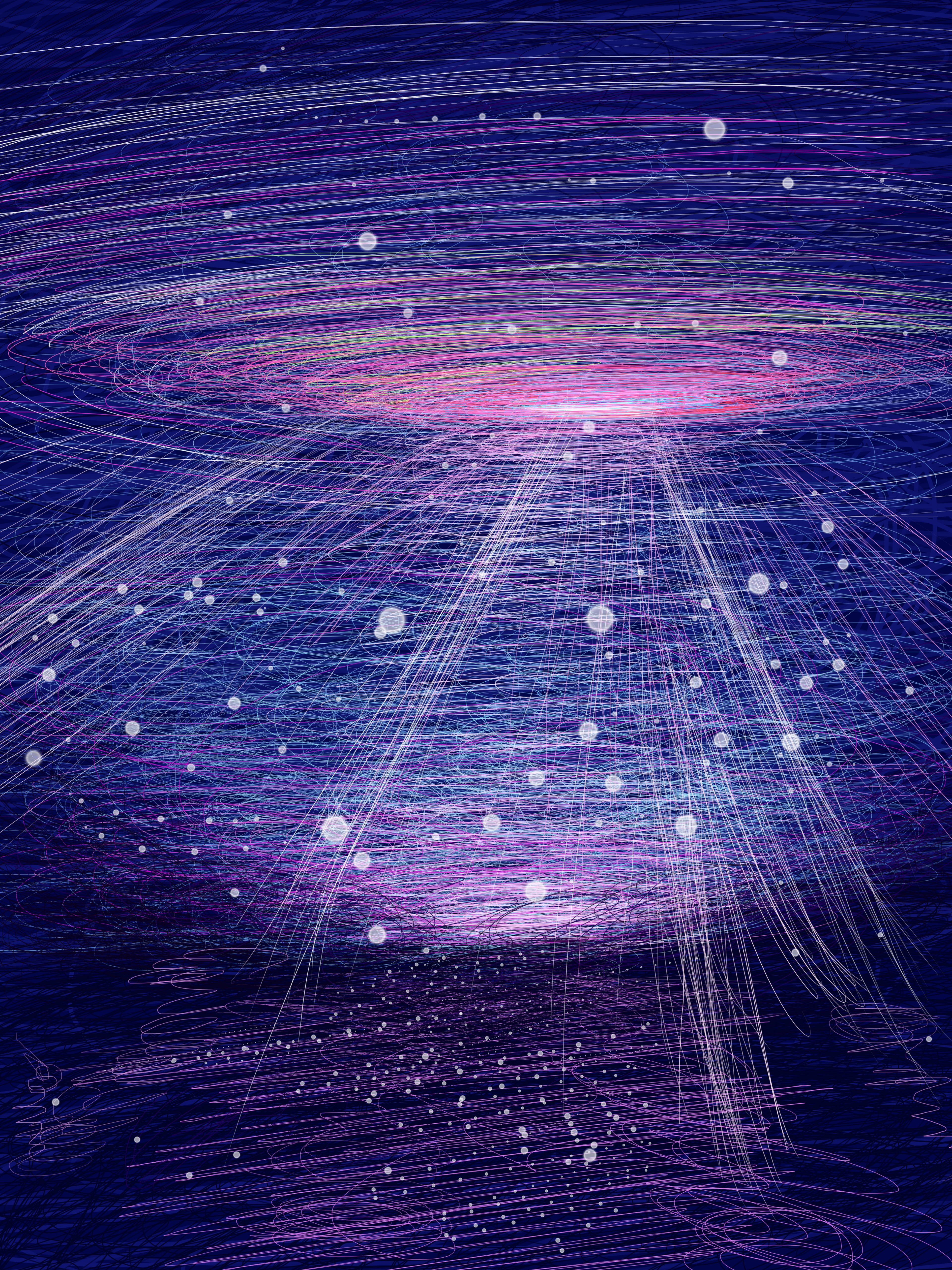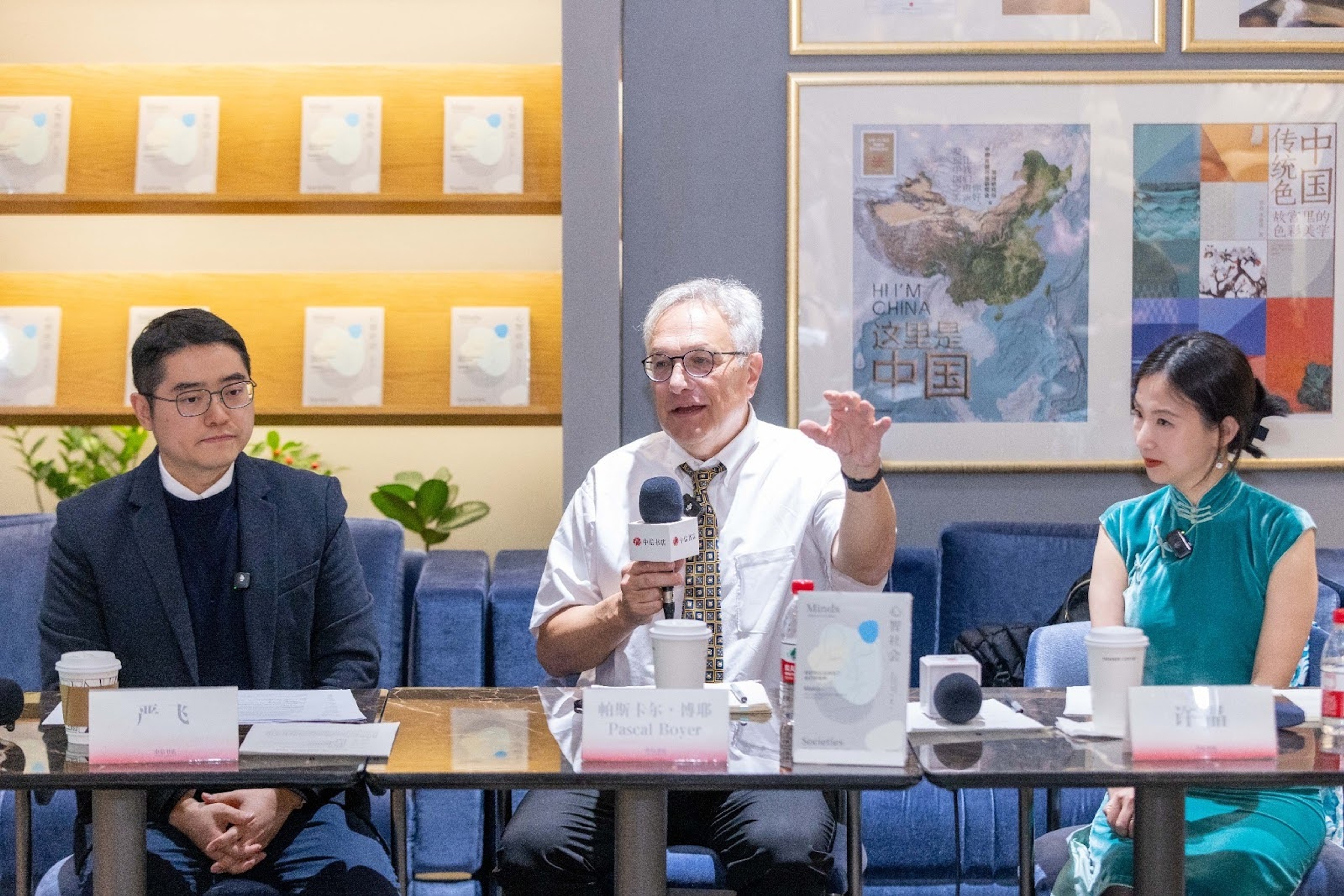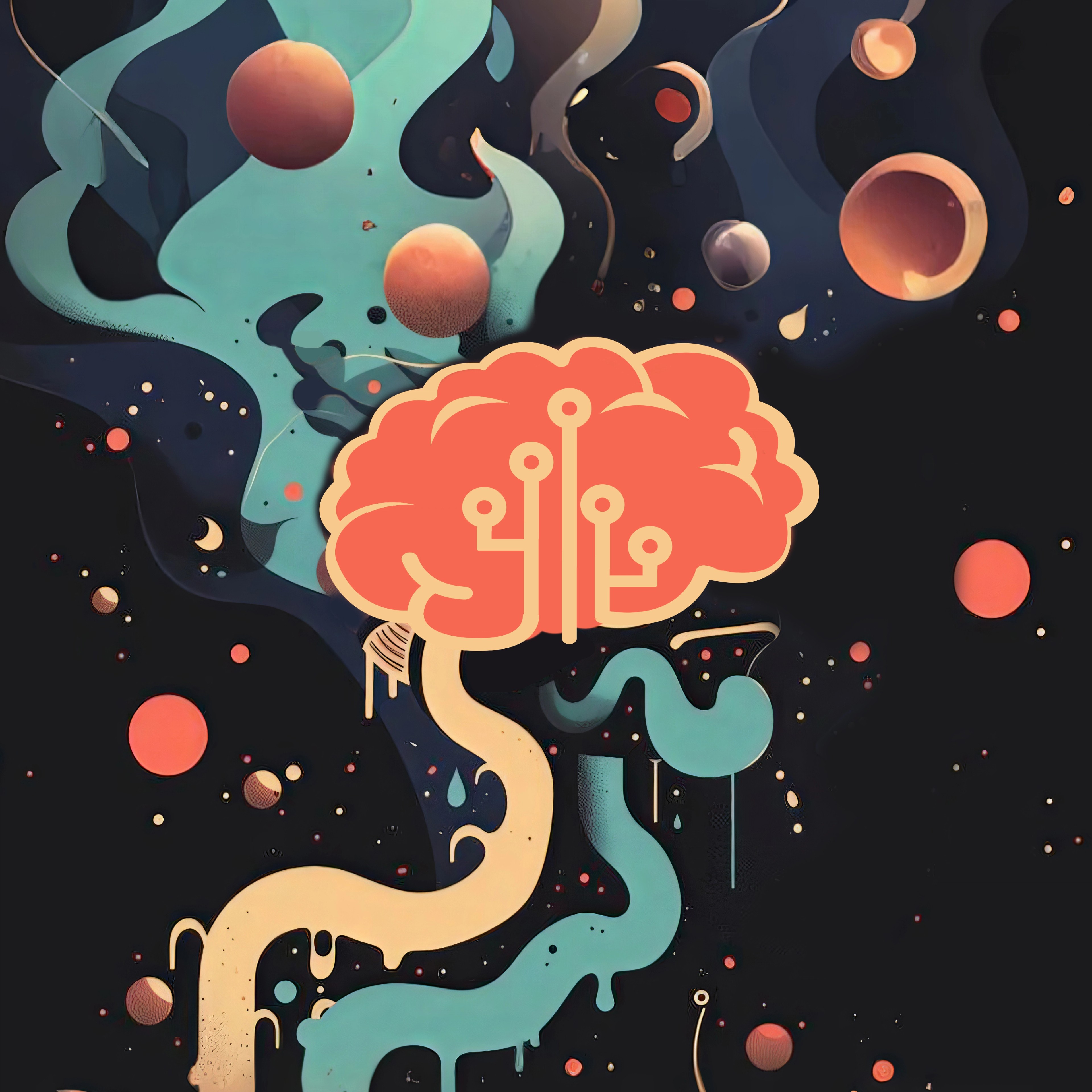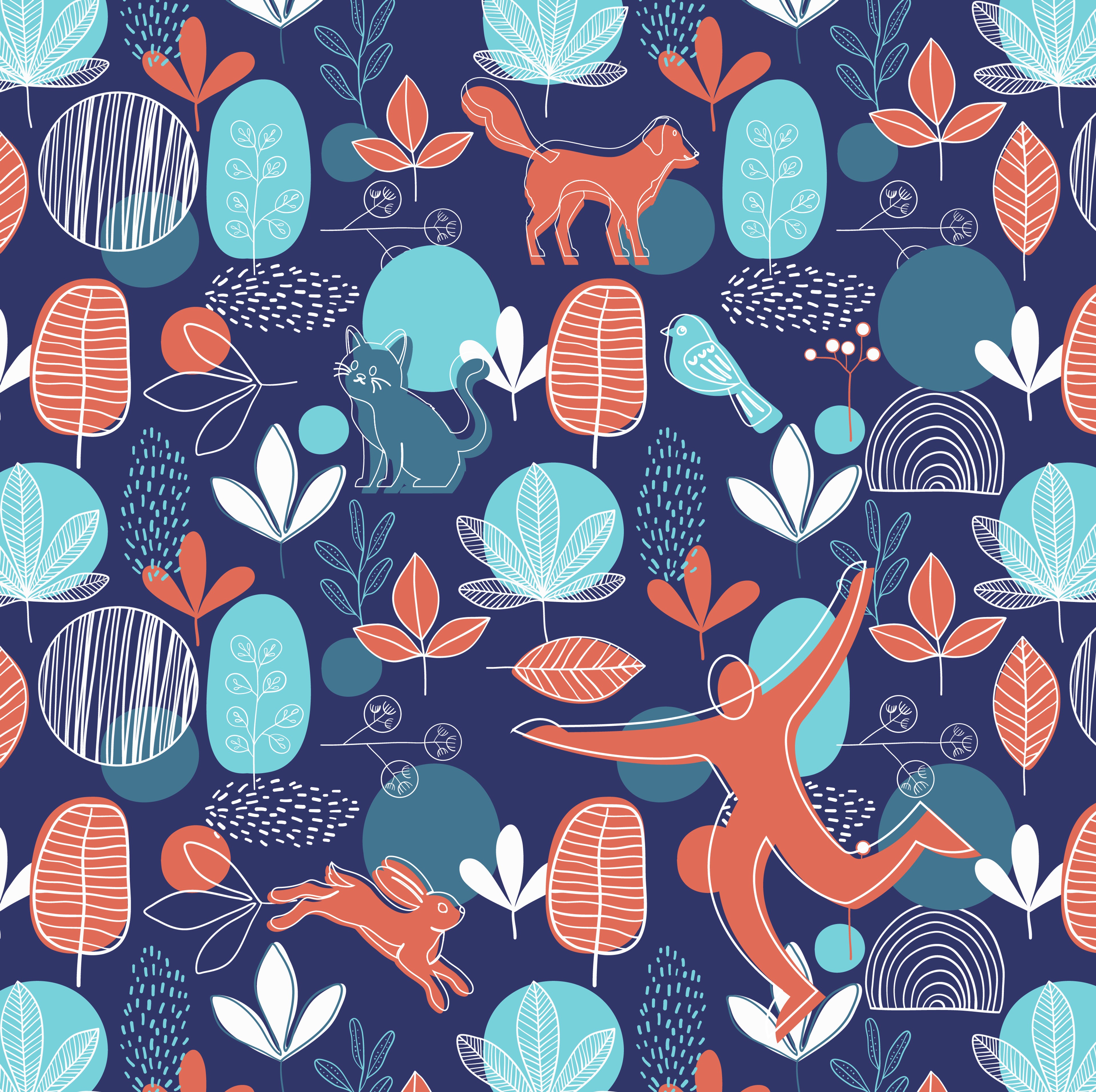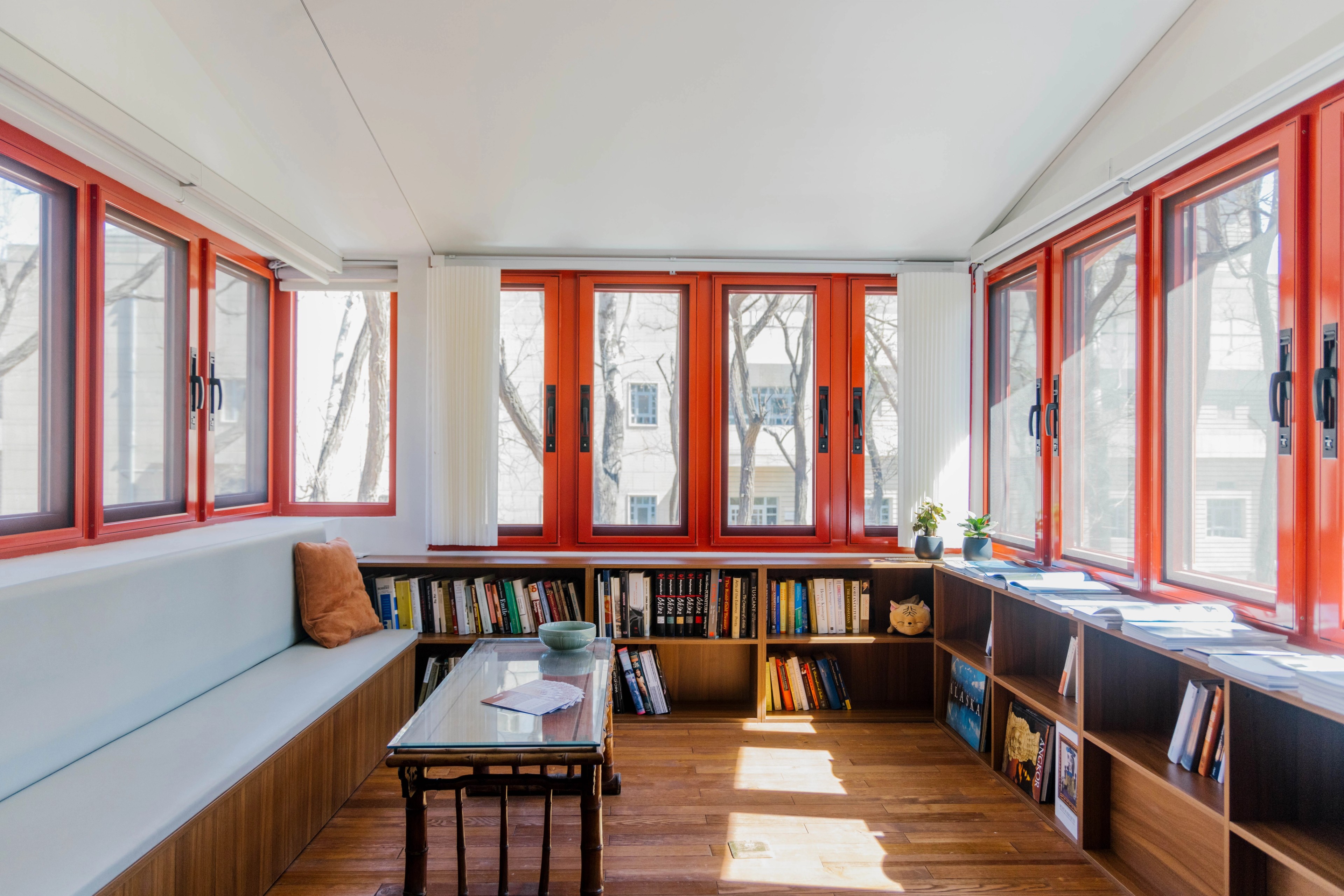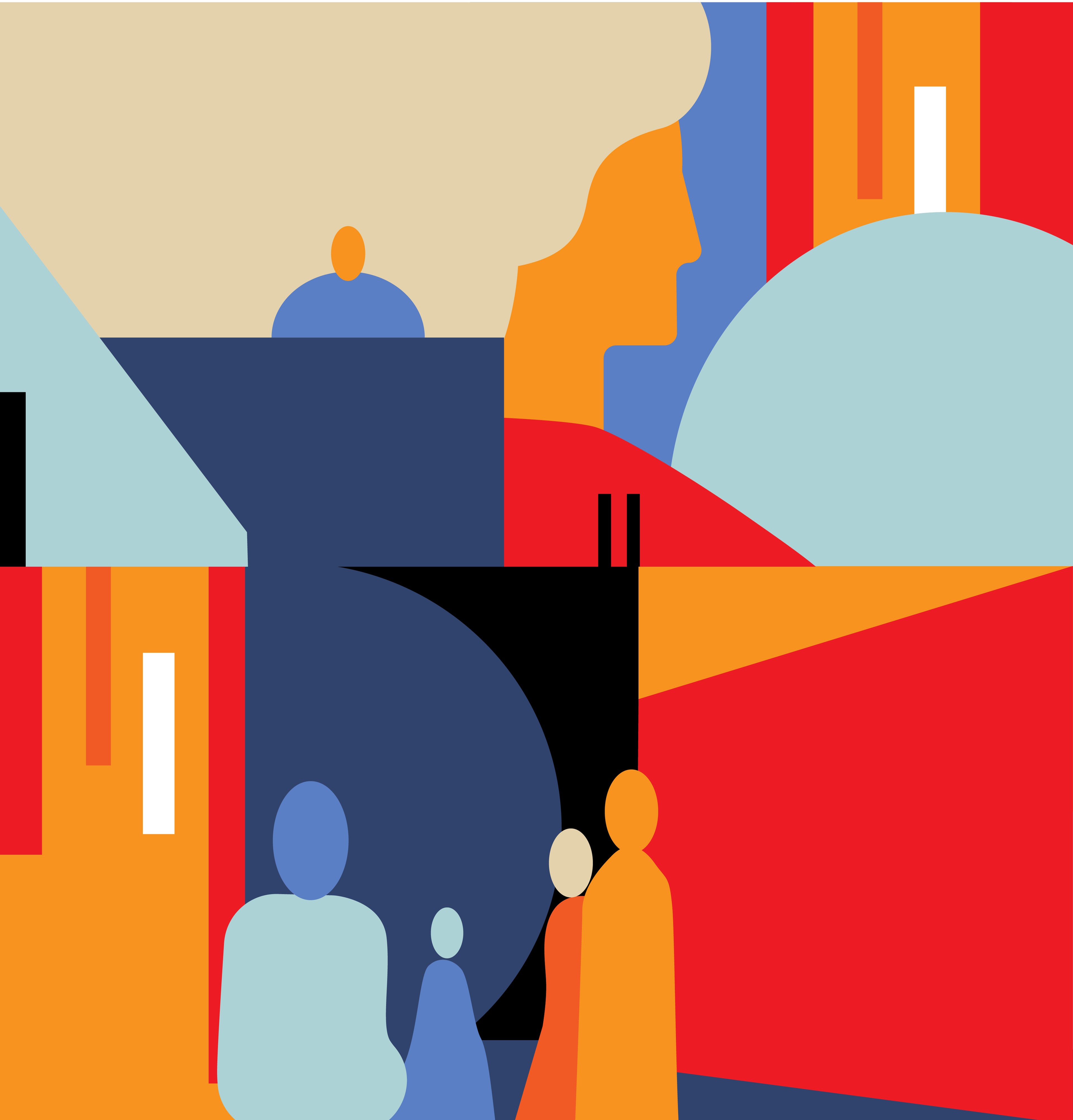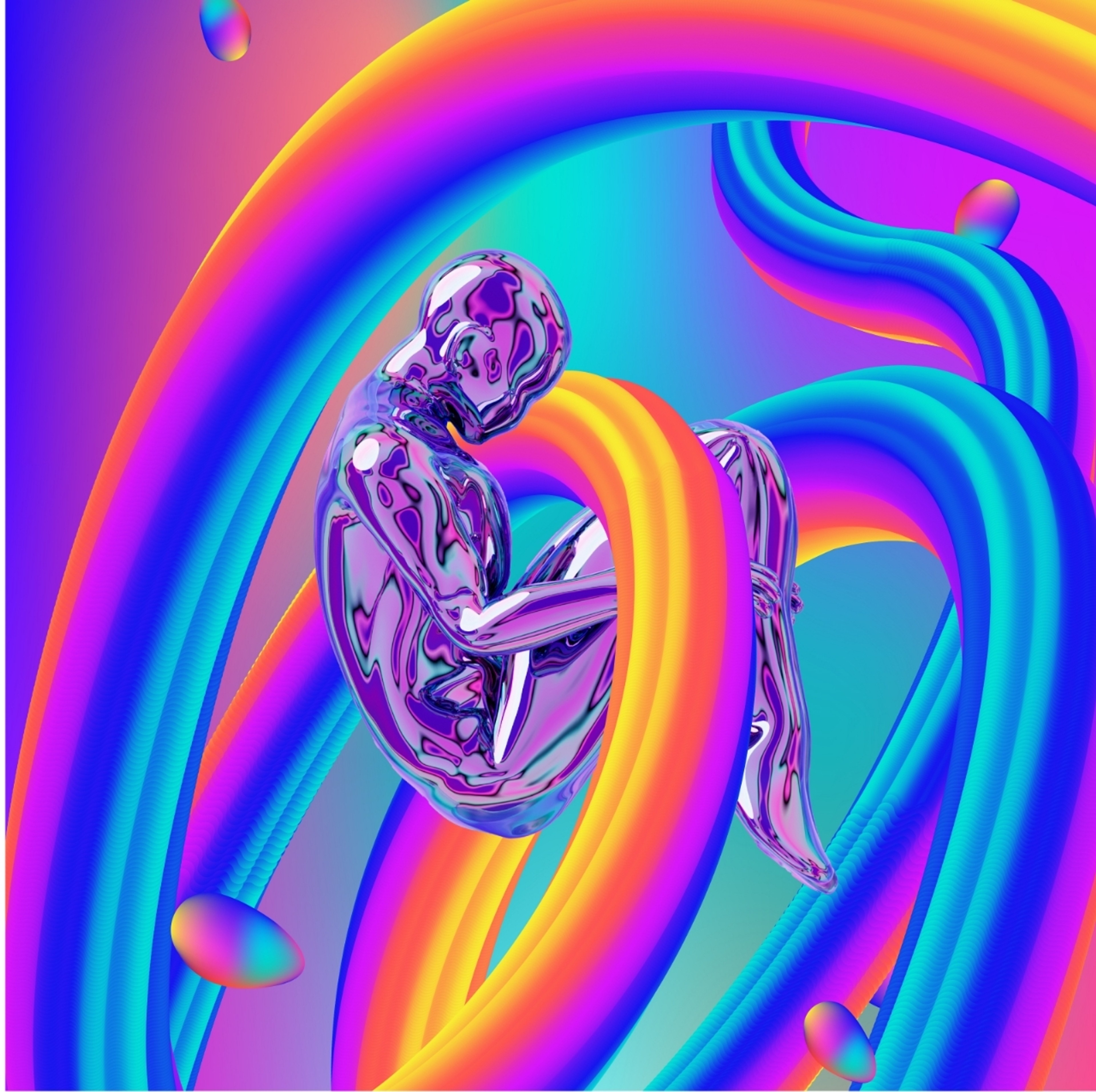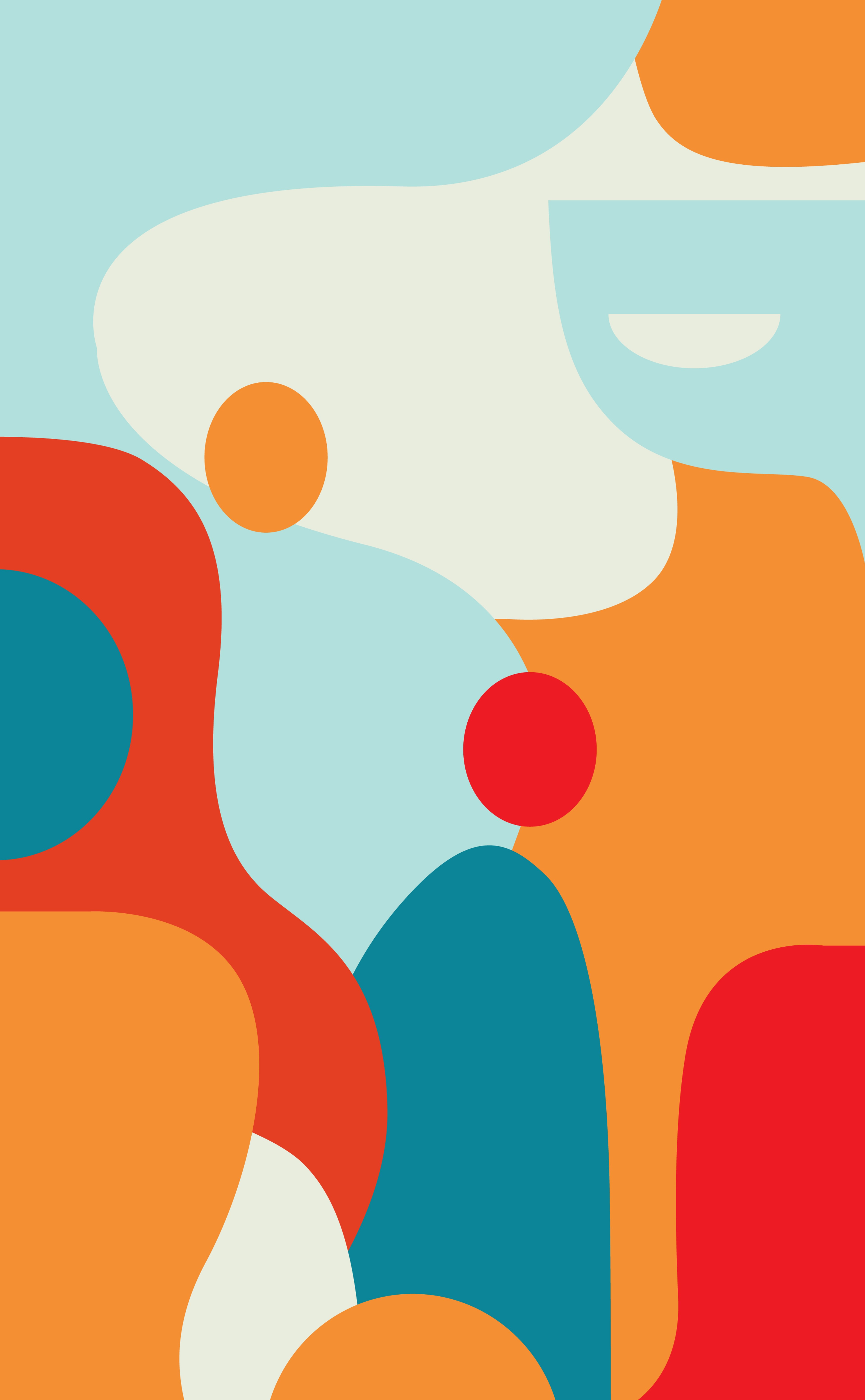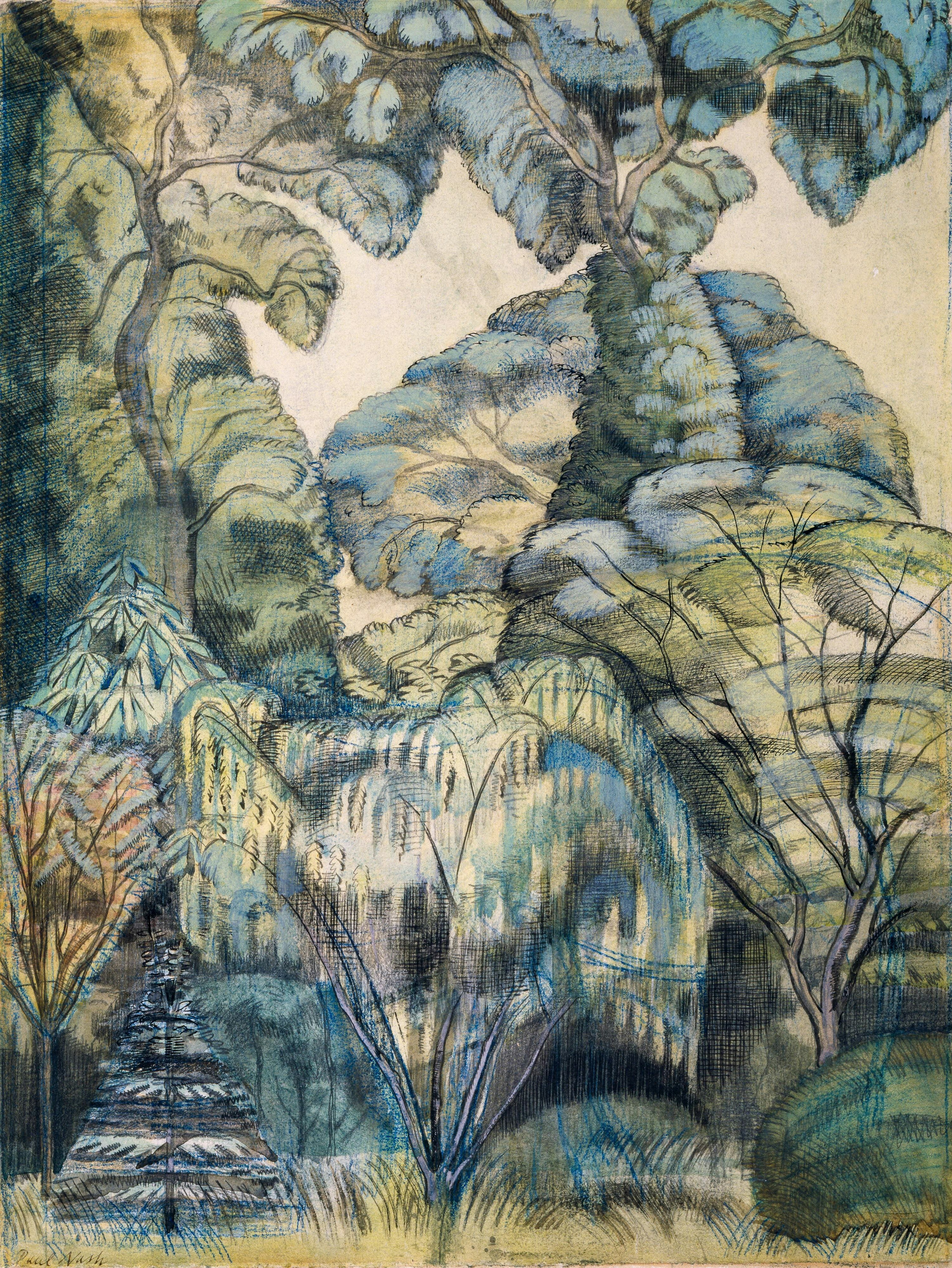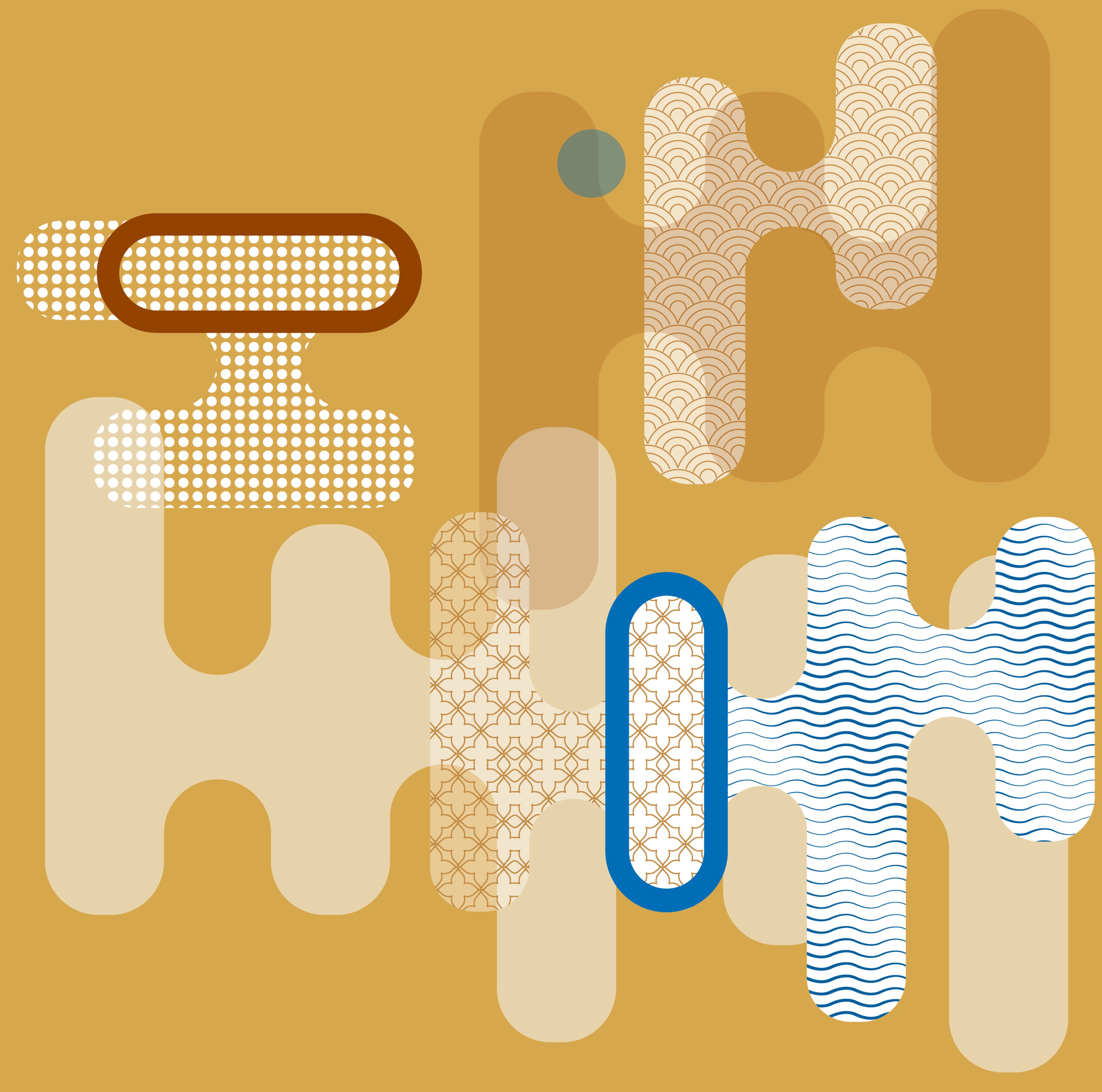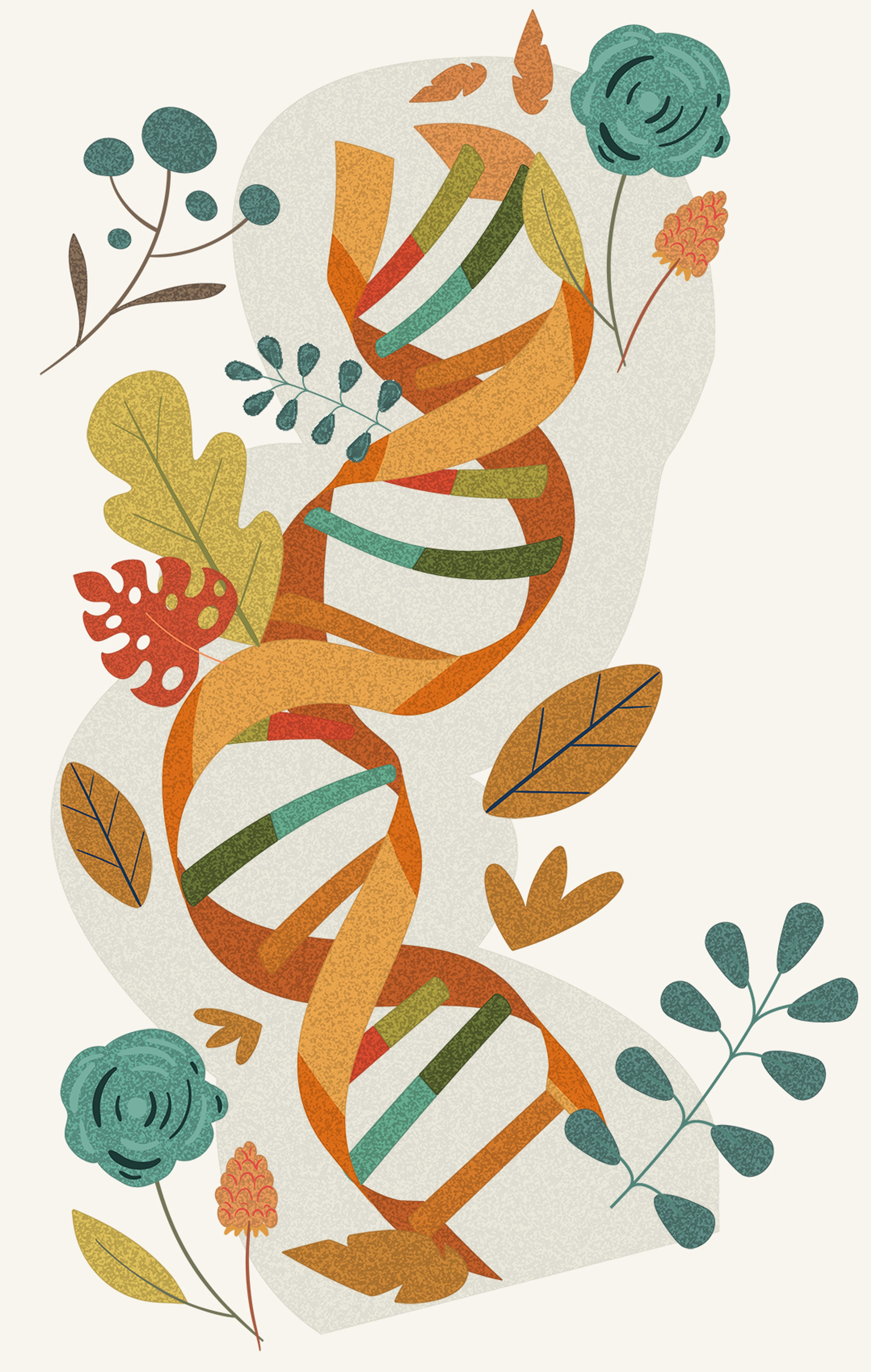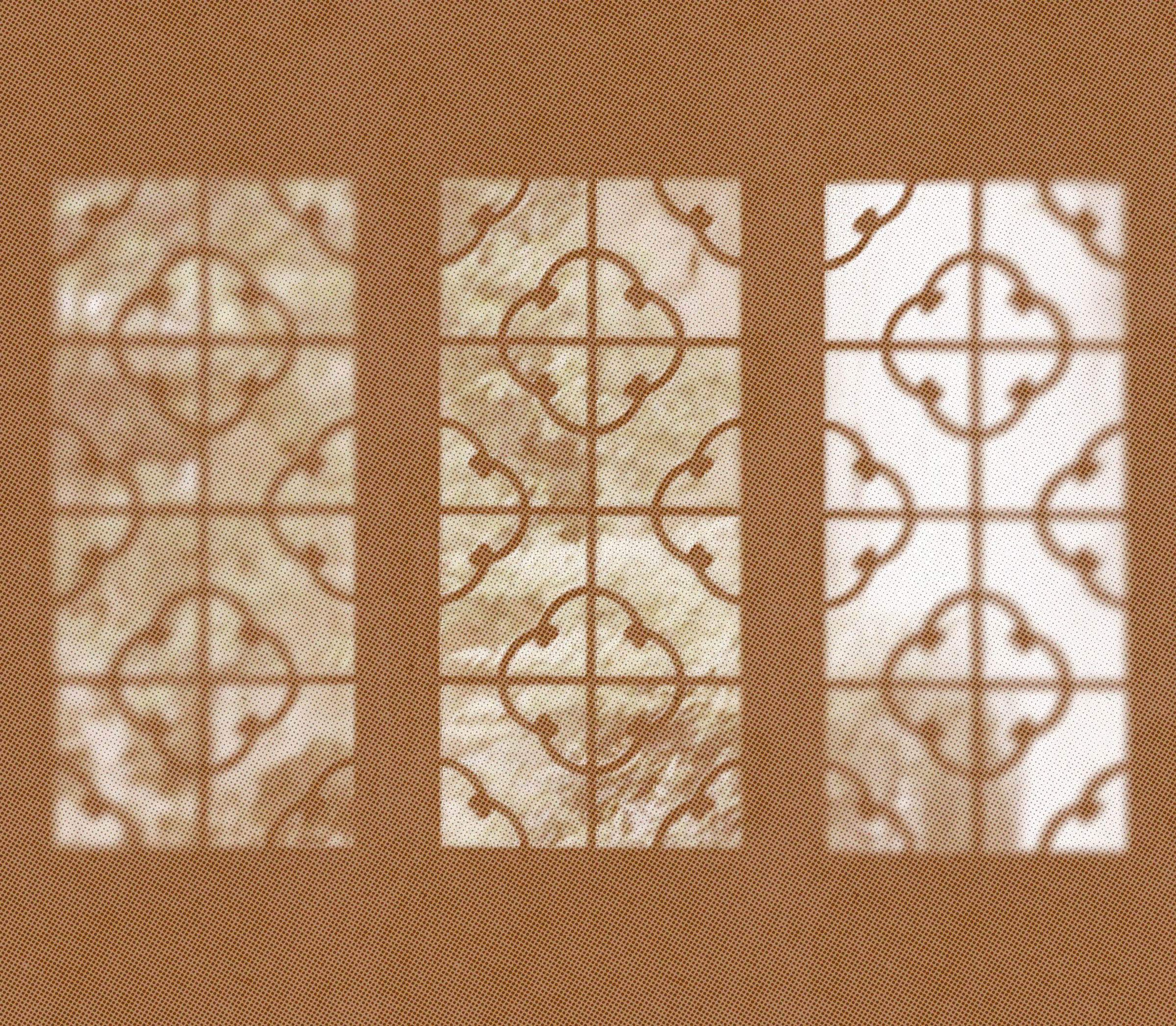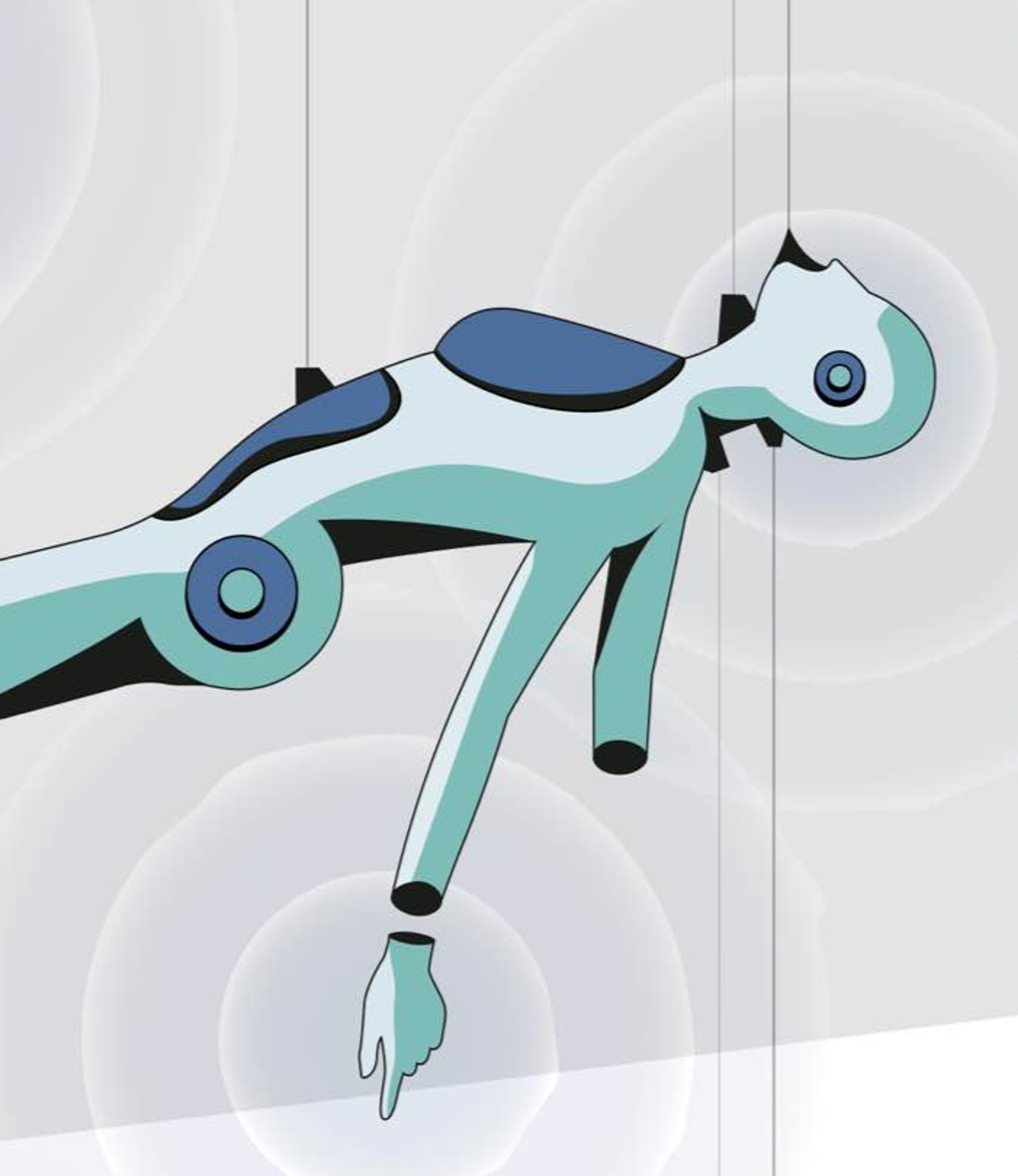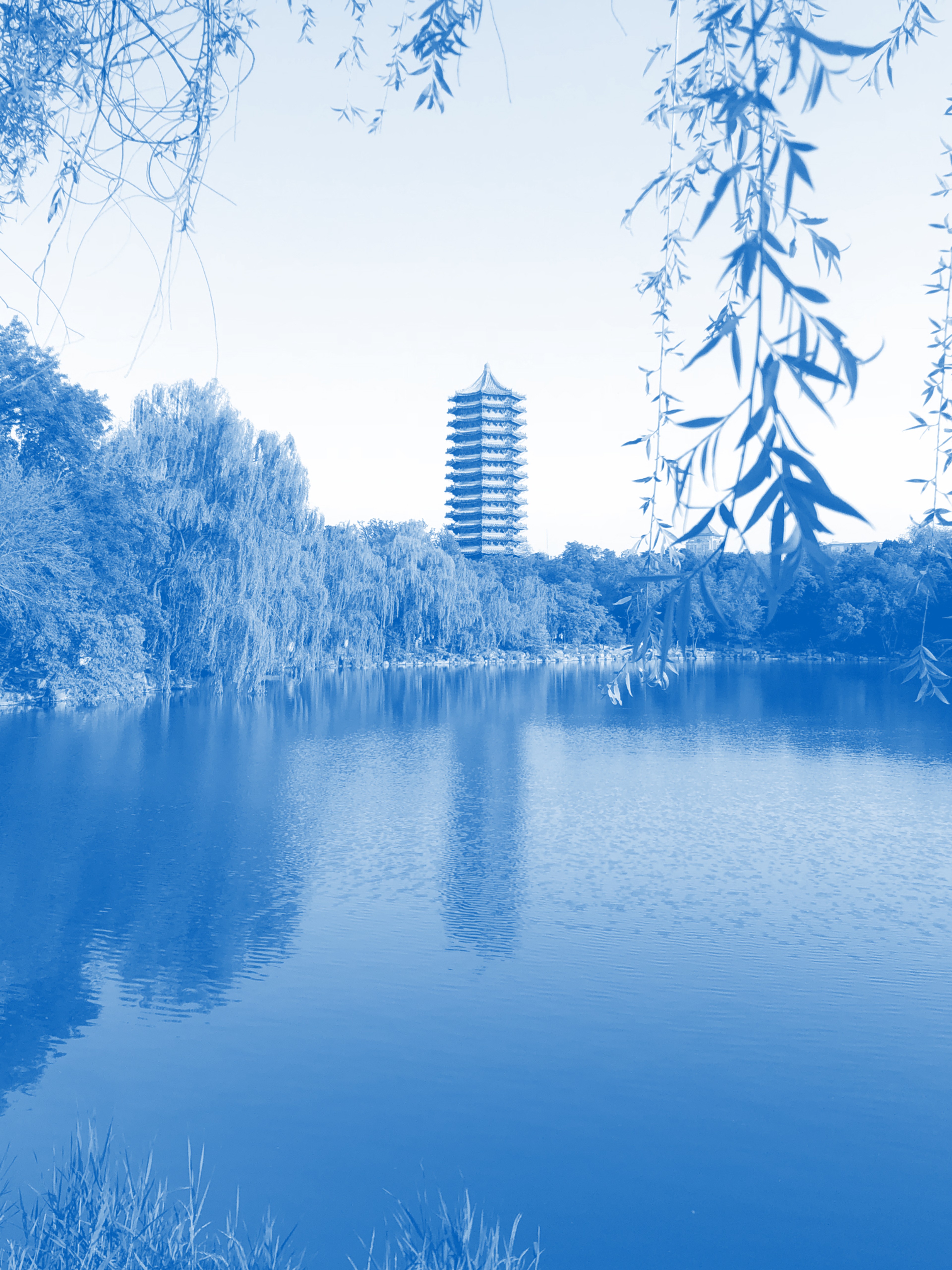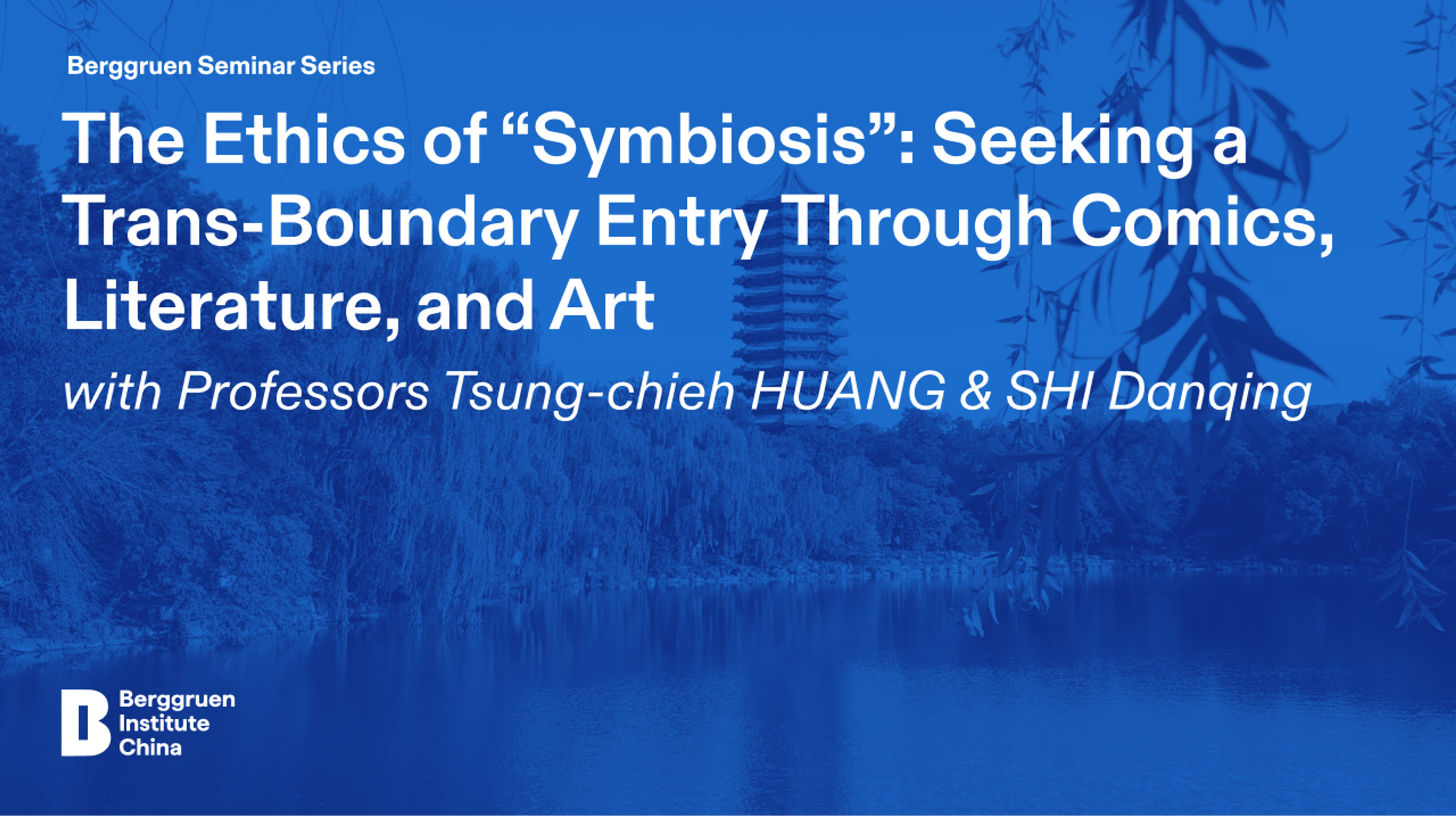The Ethics of "Symbiosis": Seeking a Trans-Boundary Entry Through Comics, Literature, and Art
- Date: December 19, 2022
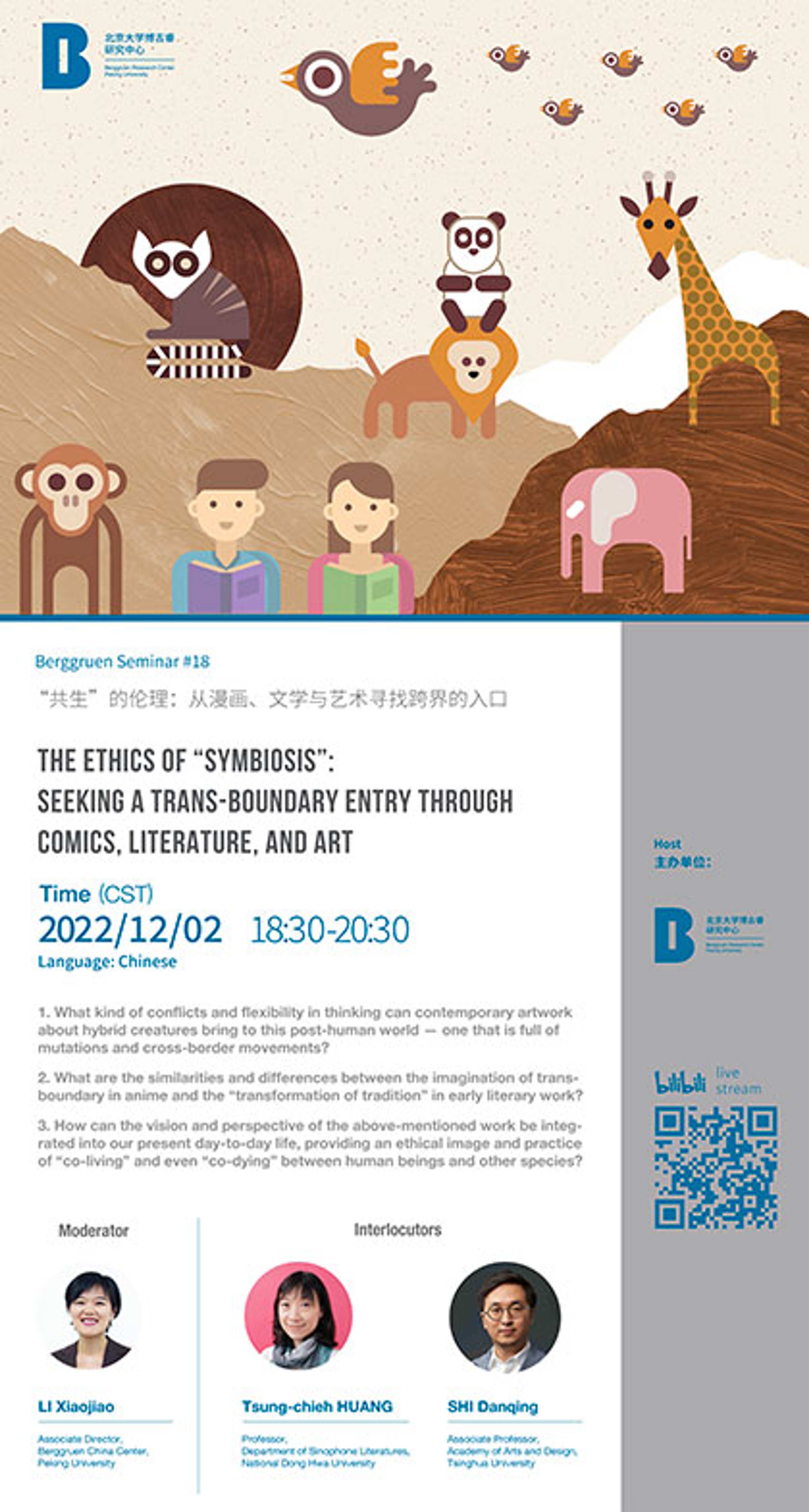
In this lecture, Tsung-chieh Huang will begin her presentation by considering the relationship between human and other living species based on the work of Australian artist Patricia Piccnini such as “The Welcome Guest” (2011). Then she will explore the work of Japanese manga artists such as Daisuke Igarashi and Taiyo Matsumoto as examples to illustrate how the various genetic variations, hybrids and cross-border movements can bring about the imagination of “symbiotic ethics” in the post-human world. After that, Shi Danqing will respond to Huang’s ideas and discuss the theme of “symbiosis” based on his professional background in immersive and interactive exhibition design that involved cross-fertilization of science and art.
Key Discussion Topics
1. What kind of conflicts and flexibility in thinking can contemporary artwork about hybrid creatures bring to this post-human world — one that is full of mutations and cross-border movements?
2. What are the similarities and differences between the imagination of trans-boundary in anime and the “transformation of tradition” in early literary work?
3. How can the vision and perspective of the above-mentioned work be integrated in our present day-to-day life, providing an ethical image and practice of “co-living” and even “co-dying” between human beings and other species?
Agenda
18:30 — 18:35 Opening Remarks
18:35 — 19:15 Presentation by Prof. Tsung-chieh HUANG
19:15 — 19:55 Presentation by Prof. SHI Danqing
19:55 — 20:30 Presenters’ Interaction and Q & A
Speakers
Tsung-chieh HUANG
Writer
Professor, Department of Sinophone Literatures, National Dong Hwa University
Professor Huang’s research interests include contemporary literature in Taiwan and Hong Kong, nature writing, animal writing, and family writing. She is the co-author of Even If It Doesn’t Have a Face with Tsung-huei HUANG. She is the author of The Face of Ethics: Animal Symbols in Contemporary Art and Chinese Fiction and Where Is It From? The City. Animals and Literature (this book won the book review media Openbook 2017’s Good Lifestyle Book Award), Family Writing in Contemporary Taiwanese Literature: An Identity-Centered Exploration, The Construction of Life Ethics: The Case of Contemporary Taiwanese Literature, and other book reviews and animal-related discussions in columns such as Mirror Media, Mirror Voice and Fountain.
SHI Danqing
Associate Professor, Academy of Arts and Design, Tsinghua University
New Media Artist, Interaction Designer
Professor Shi is involved in organically integrating immersive and interactive digital art into urban and architectural spaces to create future-oriented spaces for narrative and entertainment experiences. He has organized various design digital media art projects in many places around the world, including: 20th Century Fox’s movie Avatar’s outdoor campaign in the U.S., BMW Museum in Germany, Micropia Museum in Amsterdam, Netherlands, Hansol Paper Culture Museum in Korea, Microsoft Experience Centers, Digital Gallery at the Gate of Correct Deportment (Duan men)in the Palace Museum, China Pavilion at Expo Milano 2015, Xinhua Porcelain exhibition about living beings, etc. At the same time, he is actively promoting cross interaction between new media art and science and technology, as well as experimental cooperation across multiple disciplines.
Moderator
LI Xiaojiao
Associate Director, Berggruen China Center
Xiaojiao Li is the Associate Director (Communications) for Berggruen China Center, where she oversees the Center’s communications strategies, media engagement plans, and she develops and manages the Center’s engagement with key partners. Prior to joining the Center, Xiaojiao worked as the Senior Public Affairs Officer (Media Relations) at the Australian Embassy in Beijing, the Program Officer at the Confucius Institute at the University of Adelaide, and the Events Coordinator at the Carnegie-Tsinghua Center for Global Policy.
Summary
On the evening of December 2nd , 2022, the Berggruen Research Center of Peking University held its 18th Berggruen Seminar titled “The Ethics of Symbiosis: Finding a Cross-Border Entrance from Comics Literature and Art.” We invited Professor Tsung-Chieh Huang from the Department of Sinophone Literatures at National Dong Hwa University, and Professor Shi Danqing from the Academy of Arts and Design at Tsinghua University to present their findings and discuss “The Ethics of Symbiosis.” This event was moderated by Li Xiaojiao, Deputy Director of the Berggruen Research Center, Peking University, and was live streamed through the center’s Bilibili channel.
Symbiosis in Contemporary Artworks and Comics
Tsung-Chieh Huang discussed the possibilities of contemporary hybridity, symbiotic imagination, and development from the perspective of art and literature. She began by sharing several installation artworks by Australian artist Patricia Piccinini – such as “The Welcome Guest” (2011), in which a young girl looks delighted and happy to be touching a “chimera” creature. The work shows how human contact with “the other” can influence everyday perception. Without any prejudice, one might find it easier to accept an “alien” being. However, Patricia’s work does not simplistically convey the image of children as being simple and unworldly, but bring out various possibilities. For example, in the artwork “Alley, 11:15 am” (2011), an alien creature is seen fleeing down a street, with children chasing after it, each exhibiting varied facial expressions. Professor Huang asked the audience: Do you think the children are trying to be kind or are they trying to provoke the creature?
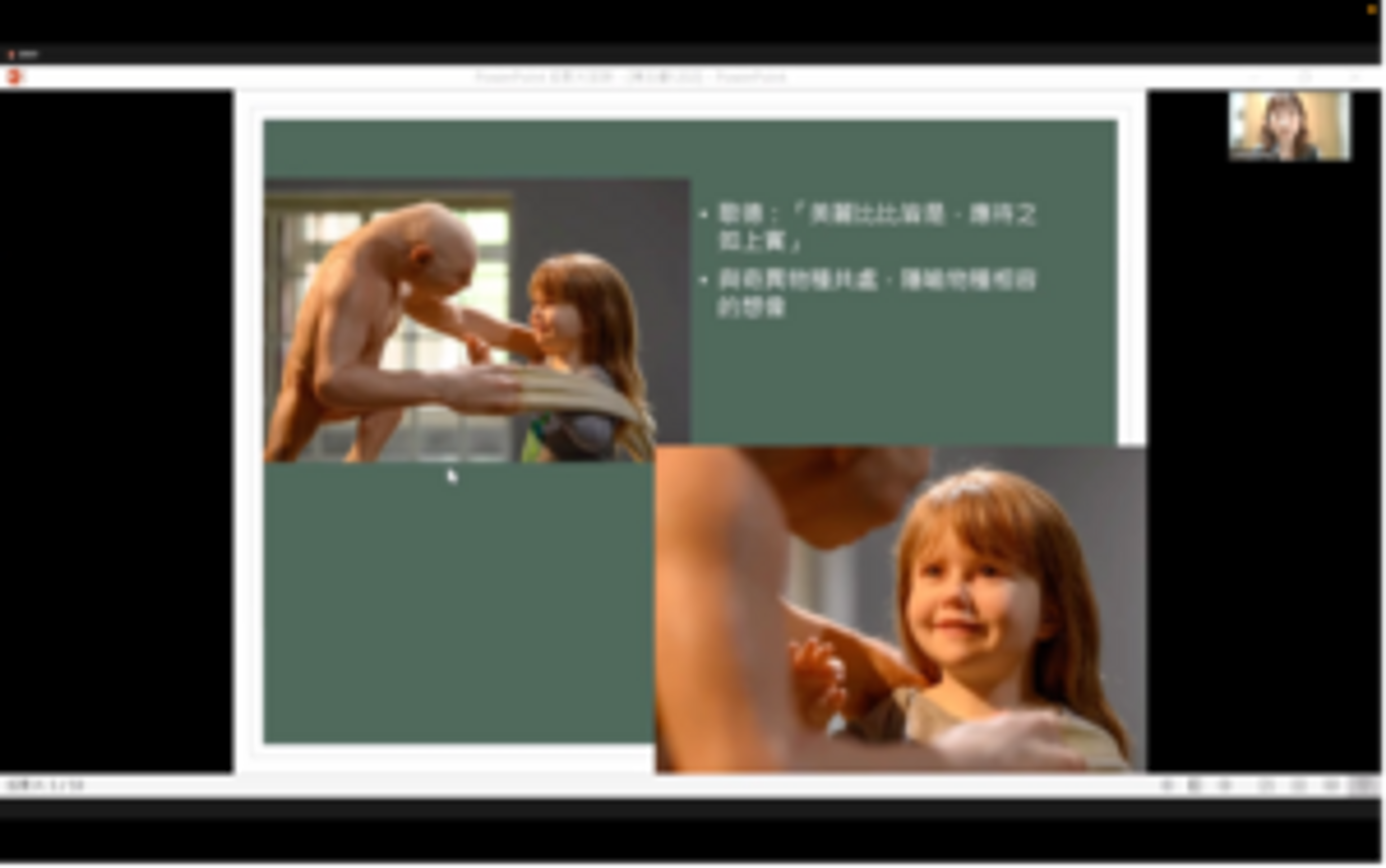
Through this series of works, Tsung-Chieh Huang drew out a starting point for reflection: In an era when we must engage with new things or beings, how should we interact with them? Suppose that the relationship between humans and nature is more fluid in this post-human era full of mutations and cross-boundary transformation, what kind of vision, imagination, and development possibilities can it bring?
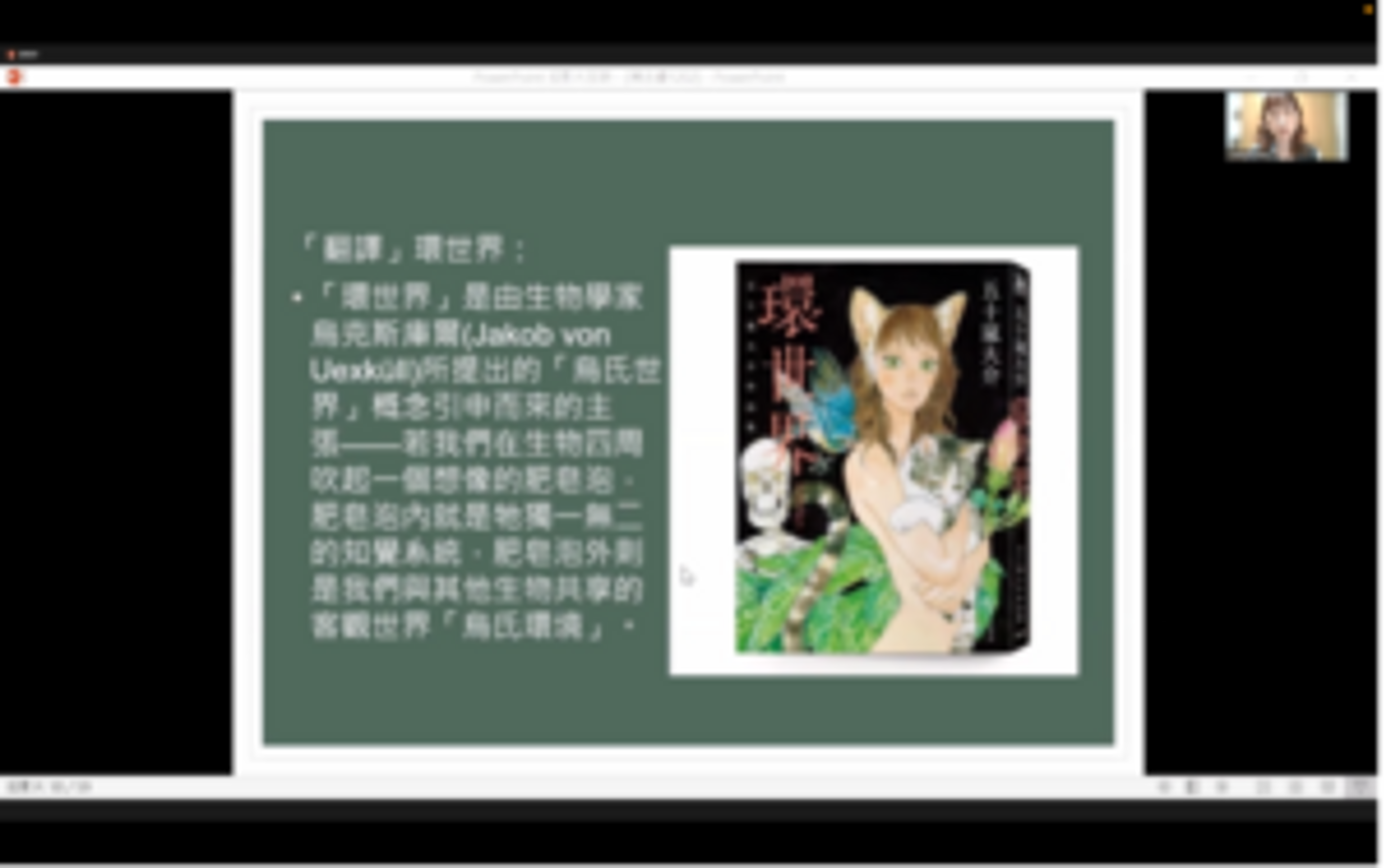
In this regard, Tsung-Chieh Huang put together and presented the installation works of several artists, such as Li Xiaojing and Shen Shaomin, to demonstrate three kinds of “hybrid” possibilities. In terms of formation, mutated humans and creatures can be created through techniques of fusion, combination, or metamorphosis. This presents myriad possibilities for a world of human mutation.
Huang further expanded on her thoughts on symbiosis through the manga works of Daisuke Igarashi and Taiyo Matsumoto. These manga focus on the relationship between humans and nature, using visual advantages of manga as a weapon to guide the readers to watch, think and “see through the eyes of other creatures.” She presented the concept of the Umwelt (self-centered world) or the “biological foundations that lie at the very epicenter of the study of both communication and signification in the human [and non-human] animal.” Igarashi’s manga stories bring out a particular cosmology: that we are all essentially the same, so transformation is possible. The forest is not just the trees, but it includes all the creatures in it. Hearing something doesn’t always equate to fully understanding it, and crossing boundaries may not necessarily be the same as transcending oneself. On the other hand, Matsumoto’s work suggests that a certain level of homogeneity is often required to fit into a group. There is a theme of duality in his work. Heterogeneity can sometimes be uncomfortable or unsettling, but awareness of differences is a prerequisite for the acceptance of others.
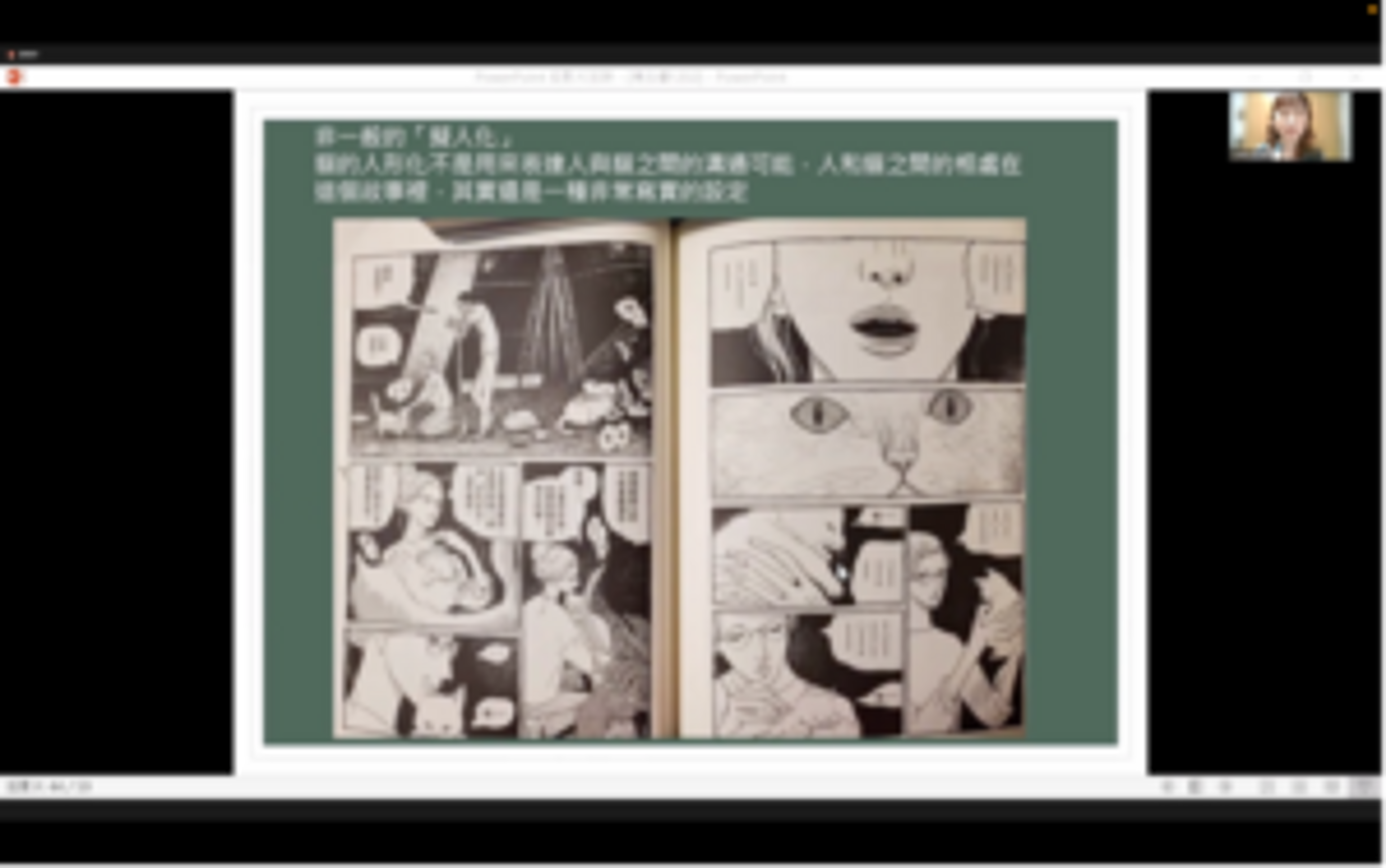
To conclude, Huang proposed a perspective of “being this, as well as that.”
Showing a picture that can be interpreted as both a duck and a rabbit, she said: only after moving from “vision” to “transposition” can we progress from the ethics of coexistence to the ethics of co-dying.
“New species” Resulting from the Fusion of Art and Science
Shi Danqing discussed the possibility of “new species” created by the fusion of art and science based on his own creative experience. He first shared the “Ci Park” project in which he created several “new species” in a fictional theme park. In this project, he was tasked with designing a porcelain exhibition for young people, using purely digital means to display porcelain artwork and history without actual physical objects. In this process, he encountered many problems: how can he make porcelain objects move like living beings? How can he merge pop culture and historical knowledge? And how can he use design to create memory anchors? After a series of experiments, he finally made the porcelain come “alive” by adopting ideas from the American science fiction franchise “Transformers” in bringing different porcelain parts together to form “Ci Creatures.”
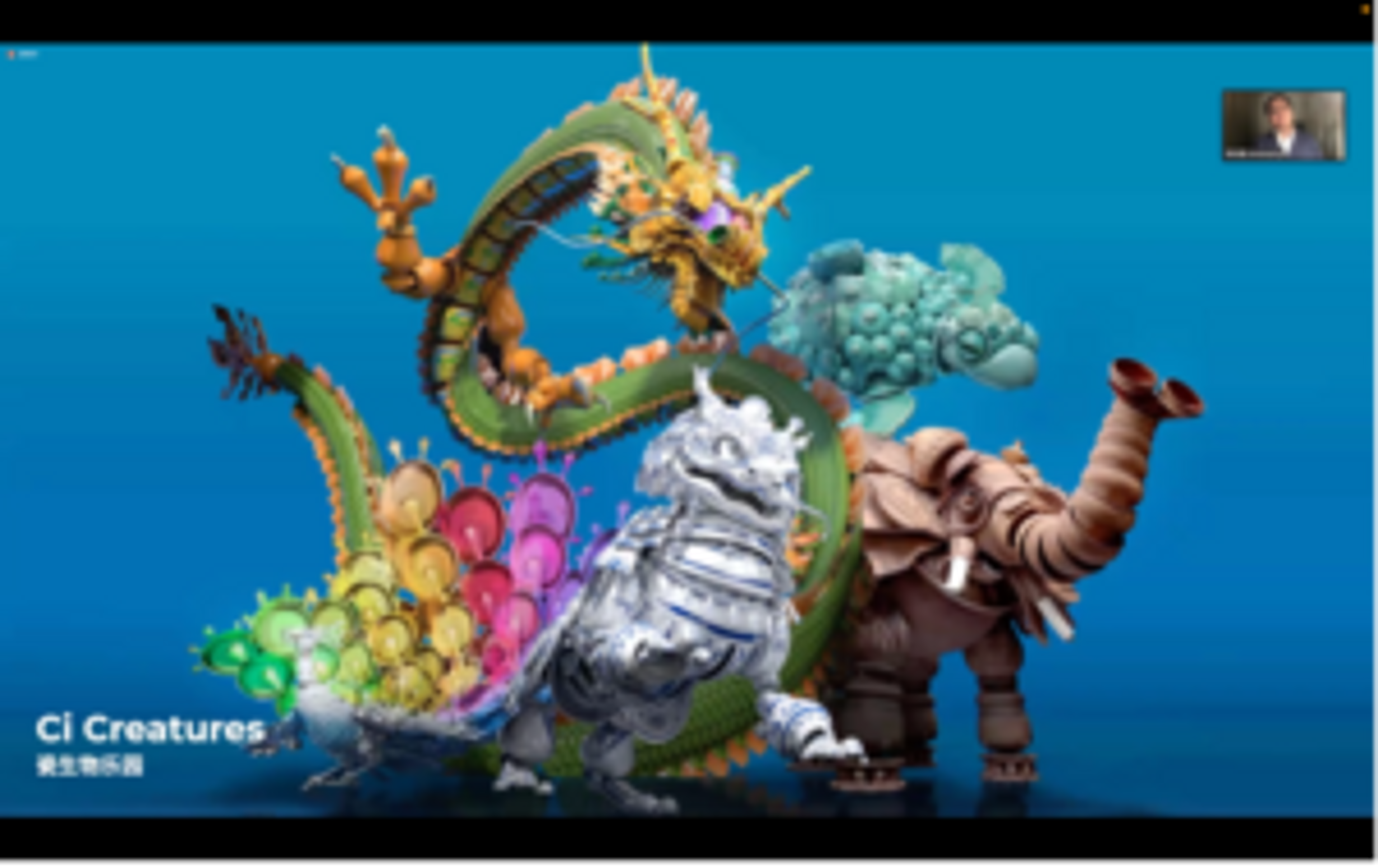
Five “Ci Creatures” were made from different ceramic pieces assembled to represent different personalities, dynasties, and characteristics of porcelain from their respective era. In conceiving these creatures, Shi Danqing described the process as being very much constrained, as he needed to choose just the right piece of ceramic for each body part from a massive collection of porcelain relics. The final products were wide ranging in styles and colors. For instance, he made a “sea turtle” inspired by Song Dynasty porcelain excavated from shipwrecks, a “qilin” inspired by blue and white porcelain from the Yuan dynasty, and a “vermilion bird” made from richly colored Ming Dynasty porcelain. The layout of the pavilion is also ingenious, as he took material ideas from traditional Chinese antique shelves to create a dwelling for each sacred creature. Altogether, he created a Disneyland-like experience of “Ci Park.”
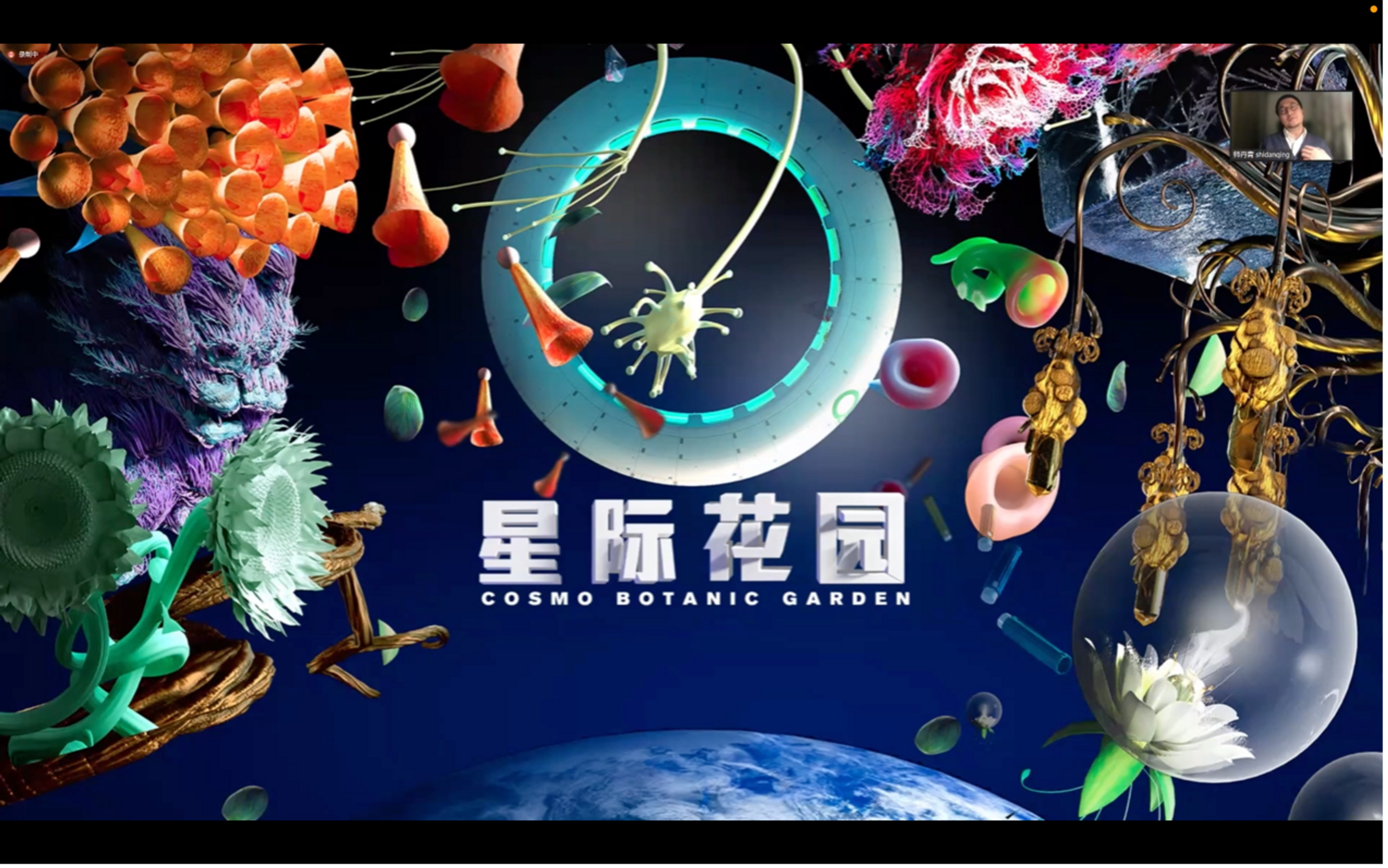
In his second case study, Shi presented “Cosmo Botanic Garden,” a project that he collaborated with experts and scientists from various fields to construct twelve virtual planets with different ecosystems and plant species. For example, in one of the icy cold planets, one can find roses growing under a frozen lake and a set of twin plants growing with two heads, displayed through multi-dimensional video effects.
In addition, he also shared artwork from the “Innovation Workshop on Art + Aerospace” held once a year to promote cross-disciplinary methods in creating “new species and items.” In one of his annual workshops, he and his students envisioned and created many interesting gadgets for outer space, such as a “bathing suit” for astronauts, a “garbage terminator,” and a dance suit that can change its motion through inflating air.
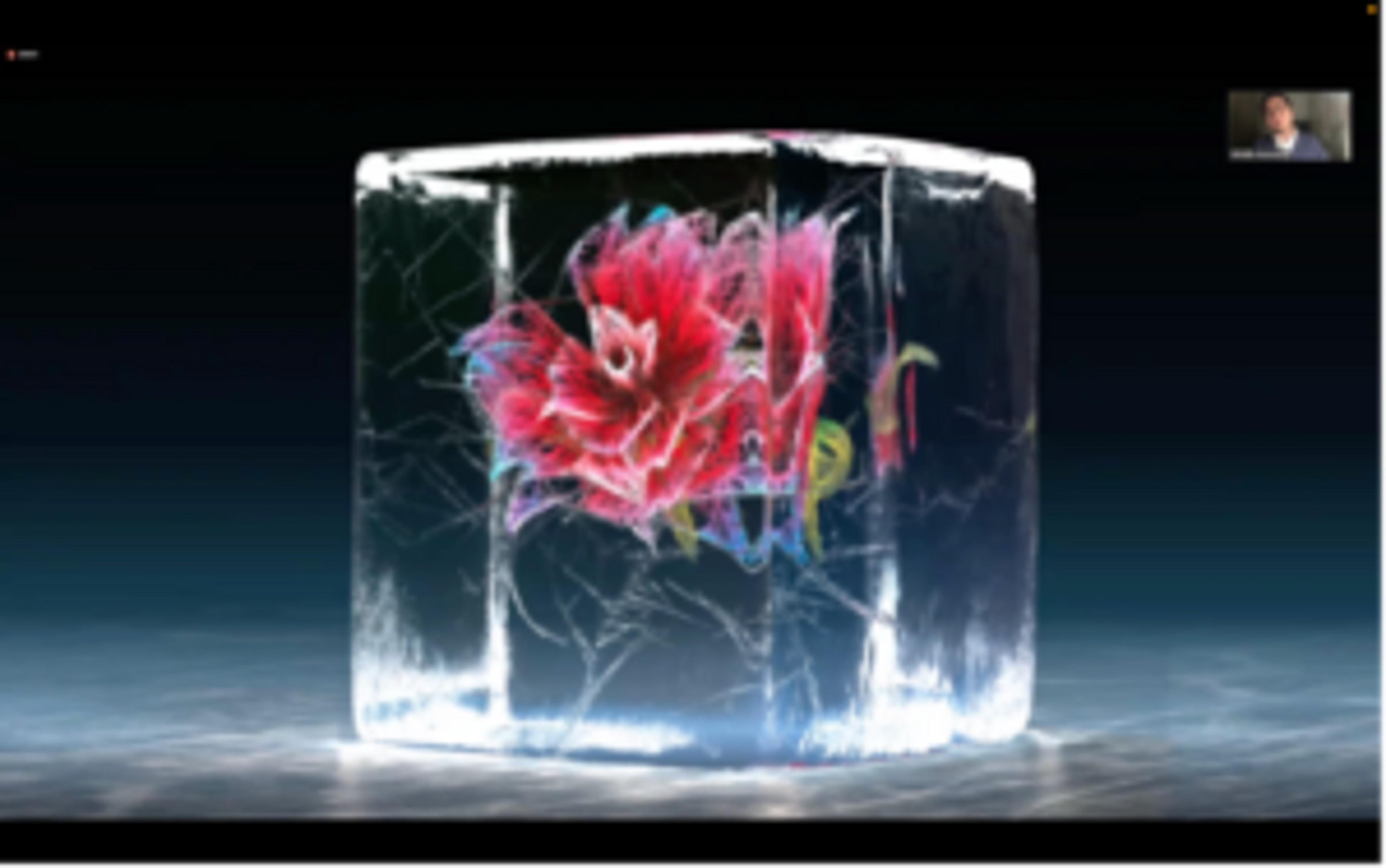
In conclusion, he suggested that the coming together of science and art across borders could produce a wide variety of new things. In many cases, these costumes and interiors may not make sense or have practical functionality in our current world, but they are conceived and projected in a colorful and imaginative environment.
Selections from Q&A
Tsung-Chieh Huang added that we need to break free from cognitive inflexibility and cultivate fluid thinking. Perhaps through art installations or various literary works of art, new kinds of future possibilities can be imagined. Symbiosis is an abstract idea. Through their work, artists may exaggerate the unfamiliar and complicate simple things to express certain concepts, but in the process, they also provide audiences with a simplified understanding of symbiosis. It is vital that we grasp this mode of simplification and stretch our own cognitive flexibility. The most exciting component of art is its ability to widen our imagination.
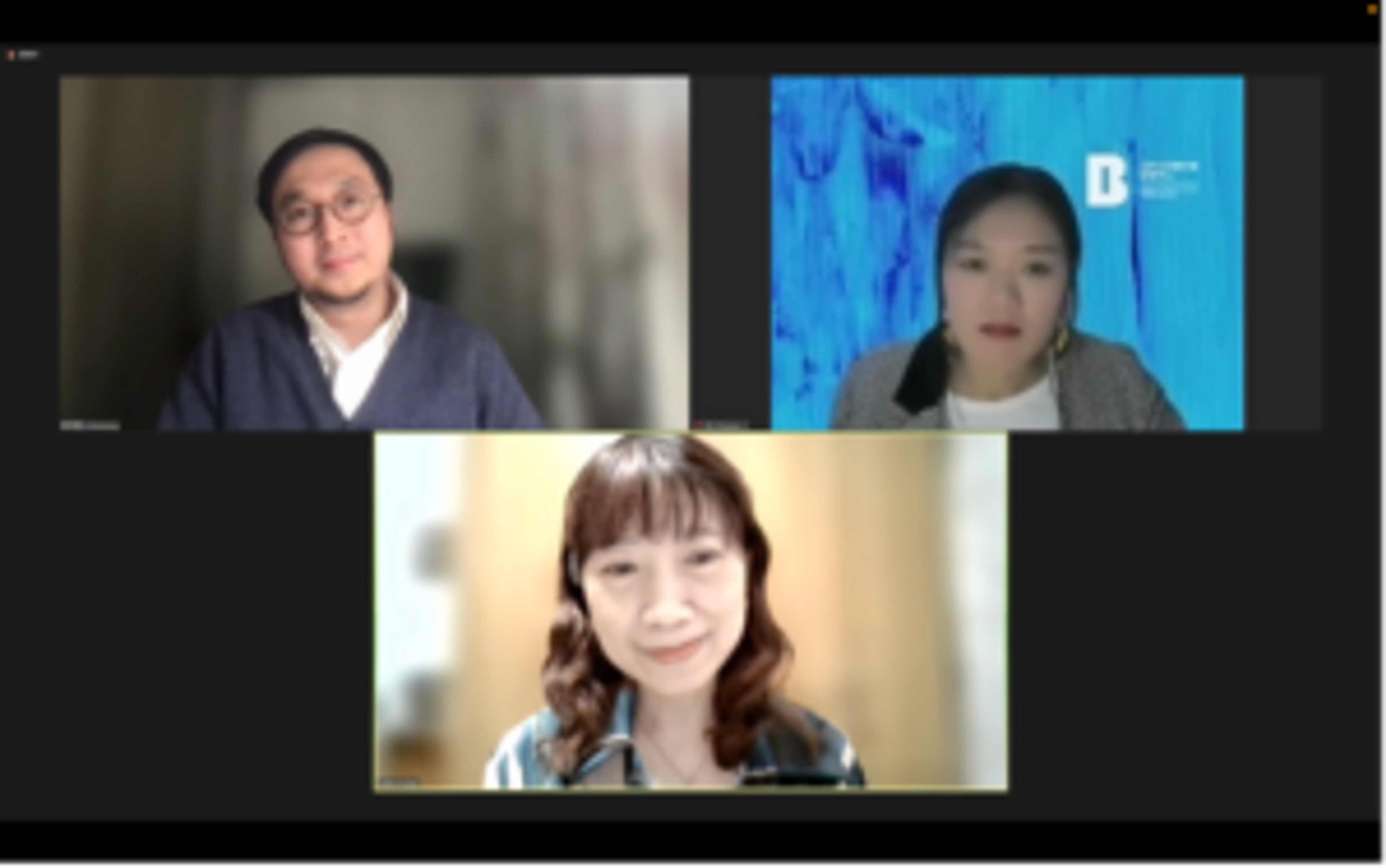
In response to the concept of “symbiosis,” Shi Danqing said that although the word may sound relatively positive, in the history of biological evolution, it also includes the possibility of elimination. After a long period of natural selection, the combinations that remain are just systems that are congruent with one another. In relation to his personal creation, he is very much concerned about the rules behind his works, which he sees as analogues to the evolution of living beings. Like evolution, they can give birth to an endless possibility and a colorful world. Shi hopes that his creation will continue to evolve and expand freely beyond one’s imagination.
Summarized by: Chen Lin, Berggruen Institute Intern
